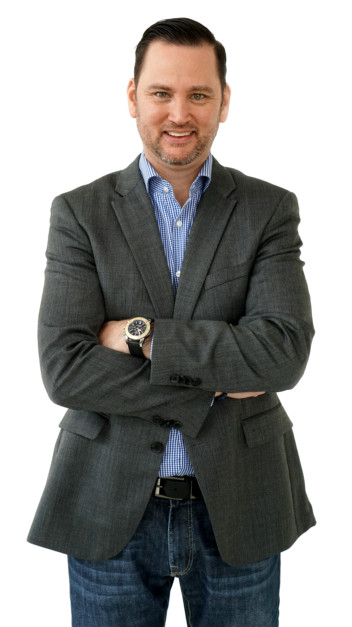
As an avid NFL fan, my enthusiasm for the playoffs quickly evaporated when my New Orleans Saints suffered a heartbreaking loss to the Minnesota Vikings. Luckily, the Super Bowl is not just about football. It also provides the greatest stage for brands to shine... or fizzle out.
Although the Philadelphia Eagles narrowly defeated the New England Patriots in one of the most exciting Super Bowls in a while, the corporate world was staging its own competition to see which brands would connect the most. With 100 million-plus watching the Super Bowl and the cost of a 30-second TV spot exceeding $5 million (Dh18.36 million), there is a lot on the line for both marketers and communicators.
In this hypersensitive world, getting it wrong can cost you millions, not to mention reputational damage if the issue is severe. Following the public backlash of several high-profile commercials (Pepsi and Kendal Jenner), agencies are increasingly being asked to sanity check major ad campaigns before public release.
If you’re familiar with past Super Bowl commercials, you may agree that there is a consistent pattern. Most brands will opt for a safe formula that will feature a celebrity (eight of the top 12 ads featured one this year) and have the right mix of humour and mainstream storyline. Don’t get me wrong, most of them are great, but in a sea of homogeneity, how does a brand stand out?
The brands that typically succeed during this event are the ones that think differently. In 2013, what generated the most buzz wasn’t a commercial, it was a tweet. When the Superdome in New Orleans suffered a blackout, Oreo was quick to tweet saying “You can still dunk in the dark” which was retweeted 10,000 times in one hour.
The impressive speed in which they capitalised on a real-time situation demonstrated that you don’t necessarily need big bucks to win attention. Last year, Volvo turned the fact that it wasn’t advertising at the Super Bowl into an advantage. With a promo called ‘The Greatest Interception Ever’, Volvo asked fans to tweet its hashtag during the commercials of its competitors, essentially hijacking the conversation.
The opportunity to win a car for a friend proved a great motivator and the brand received 50,000 tweets in four hours. In thinking differently, Volvo generated more Twitter conversation that night about its brand than its competitors, many of whom bought expensive commercial slots.
This year, you can look at audience scores, viewership numbers or online conversation and each will give you different winners. The brand, however, that captured consumers’ attention everywhere was Tide. It adopted an unconventional approach deciding to stereotype all Super Bowl commercials with the help of David Harbour, known for playing Jim Hopper in Netflix’s ‘Stranger Things’.
The bottom-line is Super Bowl advertising has become predictable and Tide reminded us of this in a fun way while promoting their brand. Harbour asks viewers to question every Super Bowl ad, because every ad that has clean clothes must be a Tide ad. By thinking differently, Tide generated over 52,000 tweets during the game and was Twitter’s top trending brand the following day.
Netflix (disclosure: a client of our agency) was another brand that surprised many with the launch of ‘The Cloverfield Paradox’ trailer, announcing that it would be simultaneously available to its customers immediately after the event. The move emphasised how the streaming service is putting customers first and reinventing the entertainment distribution model to bring “Hollywood to the home” and premiere in living rooms around the world.
Super Bowl ads are rarely actionable; however, Netflix was able to connect its ad to the product and its launch all in one tight bundle.
Is there a recipe for success when it comes to Super Bowl commercials? I believe so.
The brands who have proved successful and resonated with audiences over the years have leveraged social media, been quick to react to real-time events, have taken risks and proved unconventional in their approach. Many CEOs will tell you that the single most important thing brands will compete for in the future is human attention.
With so many consumer distractions and shrinking attention spans, the brand winners of tomorrow will need to increasingly push themselves outside of their comfort zones to achieve results.
Andreas Keller is managing director of Weber Shandwick Dubai.











